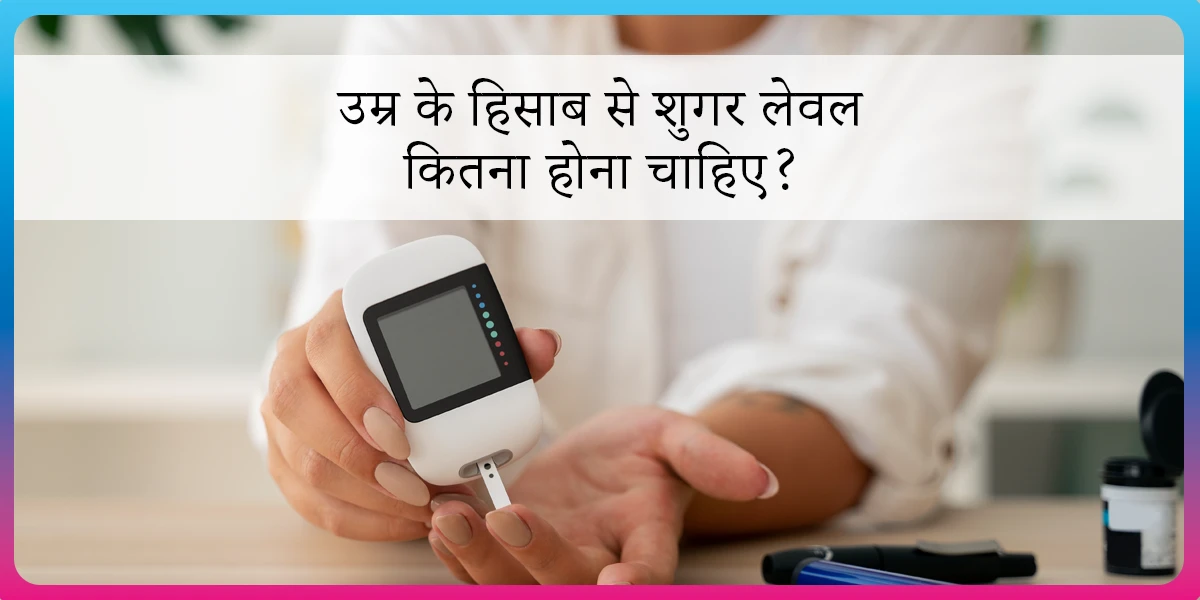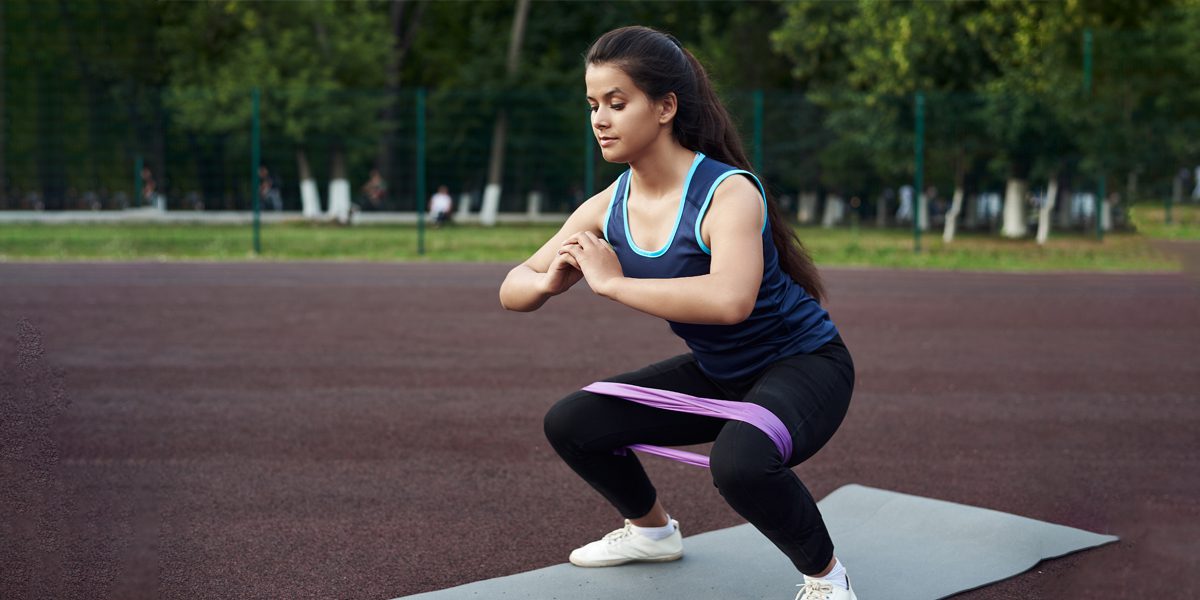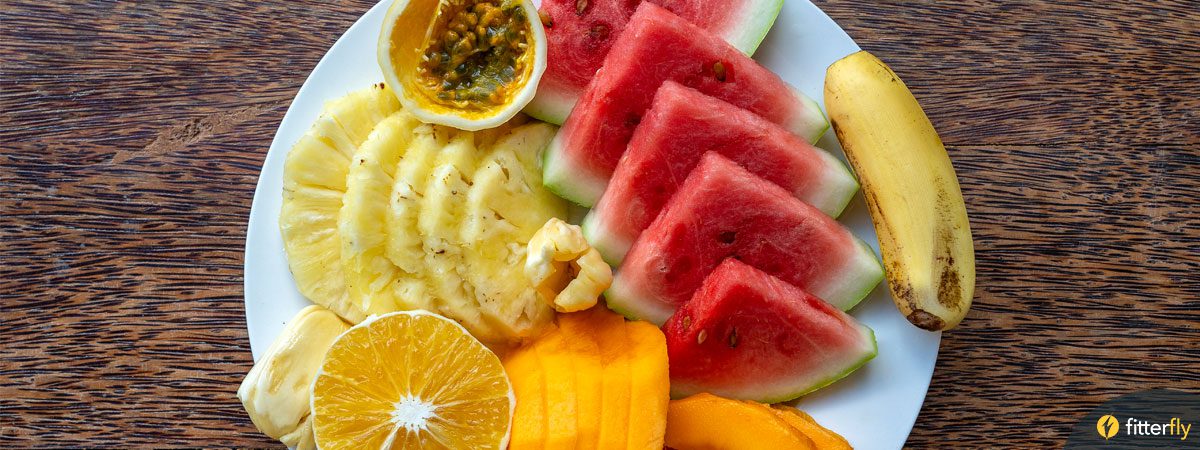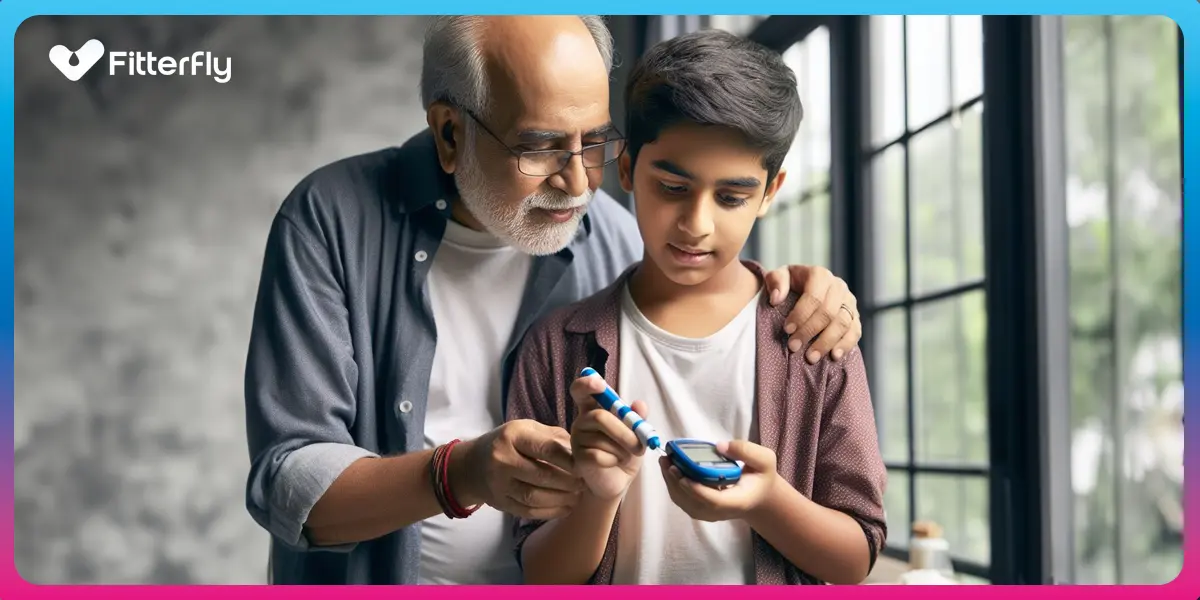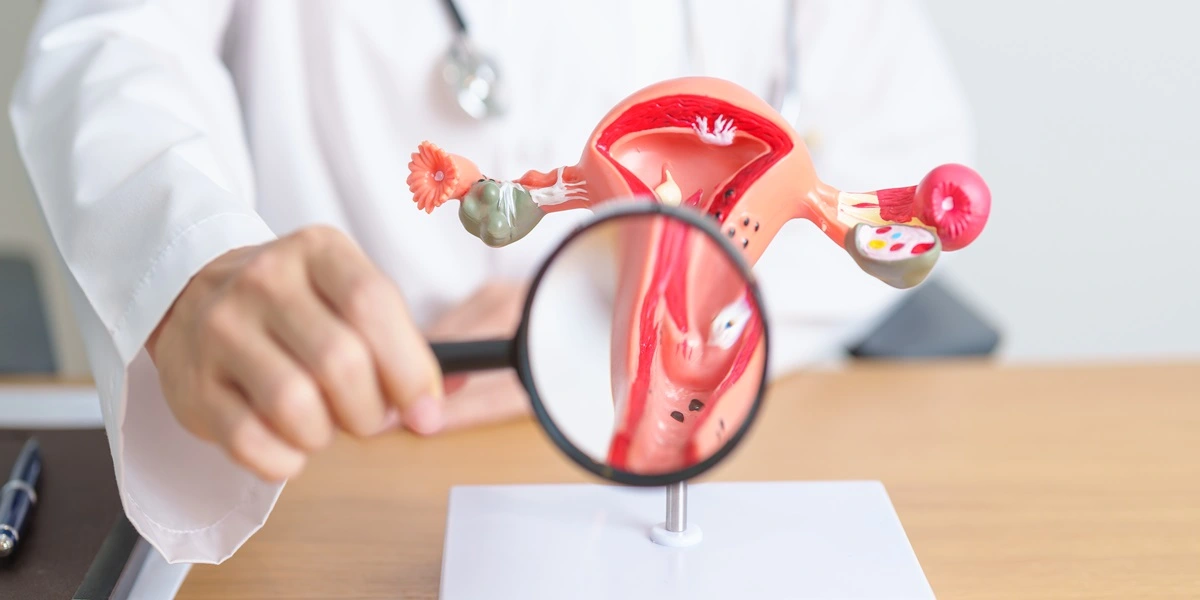Glycemic Index and Glycemic Load Chart of Indian Foods
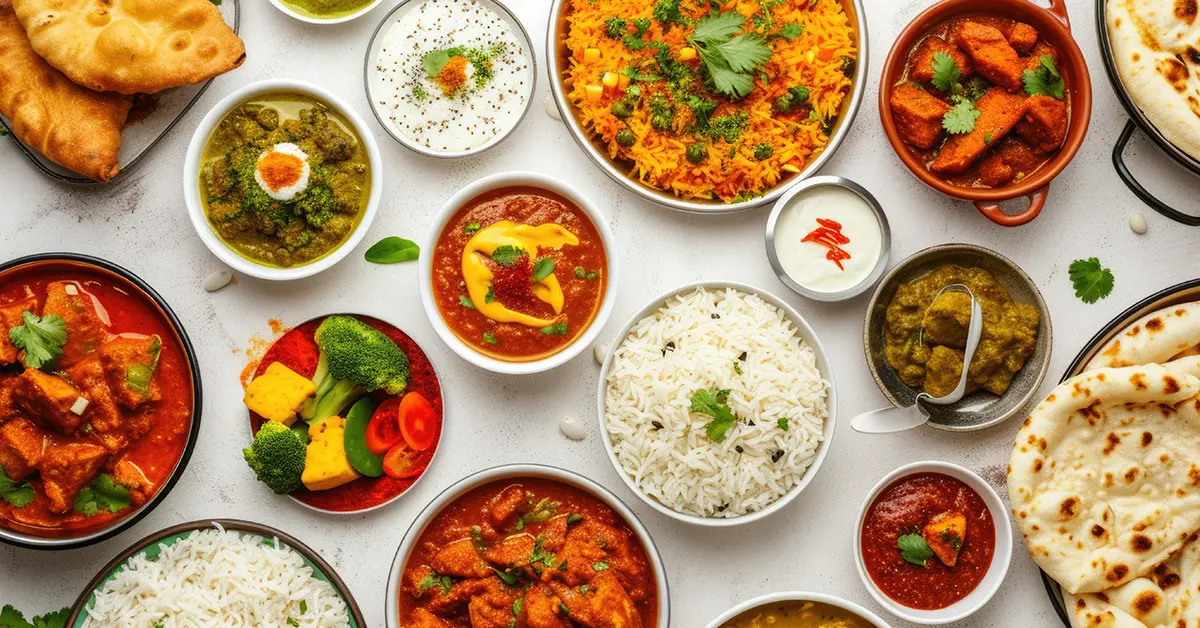
German philosopher and anthropologist Ludwig Feuerbach famously said, “You are what you eat.” This statement perfectly underscores the connection between our food choices and their impact on health. For people managing diabetes, understanding what you eat becomes even more critical.
The Glycemic Index (GI) and Glycemic Load (GL) of foods play a vital role in maintaining blood sugar levels. Knowing these values can help you make smarter food decisions.
In this blog, we’ve compiled a list of 23 popular Indian foods along with their GI and GL values to empower you to eat thoughtfully and manage your blood sugar levels more effectively.
What is the Glycemic Index (GI)?
The Glycemic Index (GI) tells us how quickly a food can raise blood sugar levels. It ranks foods on a scale of 0 to 100. Foods with a high GI digest quickly and cause a sharp rise in blood sugar, while foods with a low GI digest slowly and keep your sugar levels steady.
| Glycemic Index (GI) | Range | What It Means |
| Low GI | 55 or less | Best choice, keeps sugar steady |
| Moderate GI | 56–69 | Okay sometimes, eat in moderation |
| High GI | 70 or more | Avoid it often, causes sugar spikes |
What to Consume?
Include low-GI foods like:
- Dals (lentils)
- Rajma (kidney beans)
- Brown rice
- Seasonal Fruits like jamun, guava, pears, apples, oranges, berries like strawberry, blueberry etc.
These foods digest slowly and help maintain steady blood sugar levels.
What to Avoid?
Limit high-GI foods like:
- White rice, maida
- Sabudana (sago)
- Sugary snacks
These foods digest quickly and cause sudden blood sugar spikes.
To know your chances of Diabetes reversal, take the Diabetes Reversal TestDiabetes Reversal
Calculator
Practical Tip
We understand that most of our Indian meals have rice. So, you can pair high-GI foods (like rice) with low-GI options (like dal or vegetables) to slow down digestion and keep blood sugar stable.
What is Glycemic Load?
The Glycemic Load (GL) chart helps in diabetes management by providing a more comprehensive understanding of how foods impact blood sugar levels. Unlike the Glycemic Index (GI), which only measures how quickly a food raises blood sugar, GL considers both how fast carbs act and how many carbs are present in a serving.
| Glycemic Load (GL) | Range | What It Means |
| Low GL | 0–10 | Best choice, minimal impact on blood sugar levels |
| Moderate GL | 11–19 | Okay in moderation |
| High GL | 20 or more | Avoid often, raises blood sugar |
Why It Matters?
- Not all low-GI foods are healthy (e.g., fried foods).
- Not all high-GI foods are bad (e.g., watermelon has a low GL).
Example
- Watermelon (GI: 74, GL: 4): Raises blood sugar quickly but has fewer carbs, so the overall impact is low.
- Chocolate (GI: 40-50, GL: 20-33): Slower spike due to fat but contains more carbs, leading to a higher overall impact.
Practical Tips for Managing GL
- The first thing is to consciously pair high-GL foods (like rice) with fiber-rich options (like dal, vegetables and salads).
- Control portions: For instance, avoid eating aloo tikki with bread/pav in the same meal.
- Choose low-GL foods like lentils, guava, and cucumber for stable blood sugar.
What is the Difference Between Glycemic Index and Glycemic Load?
The difference between Glycemic Index (GI) and Glycemic Load (GL) lies in how they measure a food’s impact on blood sugar.
Glycemic Index (GI)
- What it tells: How quickly the carbs in food raise blood sugar.
- Limitation: GI does not consider the amount of carbs in the portion size.
- Example: Watermelon has a high GI (74) but contains very few carbs, so the actual blood sugar impact is low.
Glycemic Load (GL)
- What it tells: The overall impact of food on blood sugar by considering both:
-
- How quickly carbs raise blood sugar (GI).
- The quantity of carbs in the portion size.
- Why it’s better: GL gives a more accurate picture of how food affects blood sugar.
Example
- Carrots: High GI (71), but Low GL (6) → Quick rise in sugar, but minimal impact overall due to low carb content.
- Potatoes (boiled): Moderate GI (60), but High GL (18) → Moderate rise in sugar, but a bigger impact due to the higher carb content in a serving.
Why It Matters?
For managing diabetes, GL is more practical as it considers both the speed and quantity of carbs, helping you make smarter food choices.
Glycemic Index and Glycemic Load Chart of Indian Foods
Here’s a simple chart of everyday Indian foods with their GI and GL values, as taken from the latest Dietary Guidelines published in 2024 by the National Institute of Nutrition (NIN):
| Food | Glycemic Index (GI)* | Glycemic Load (GL)* |
| Idly sambar | 63 to 75 | 27 to 41 |
| MLA Upma pesarattu | 67 to 78 | 30 to 43 |
| Onion rava dosa | 61 to 72 | 28 to 39 |
| Open dosa | 71 to 83 | 36 to 43 |
| Paneer dosa | 67 to 76 | 32 to 39 |
| Pesarattu | 55 to 66 | 24 to 43 |
| Rava paneer dosa | 66 to 78 | 31 to 41 |
| Set dosa | 60 to 72 | 26 to 39 |
| Vegetable dosa | 58 to 70 | 25 to 39 |
| Vada sambar | 31 to 43 | 11 to 26 |
| Onion dosa | 74 to 86 | 35 to 45 |
| Plain dosa | 72 to 86 | 37 to 42 |
| MLA dosa | 65 to 78 | 30 to 41 |
| Bisibelebhath | 69 to 80 | 27 to 38 |
| Open veg paneer dosa | 65 to 77 | 29 to 42 |
| Tomato bhath | 63 to 74 | 29 to 44 |
| Lemon rice | 74 to 85 | 35 to 45 |
| Chapati | 56 to 69 | 23 to 34 |
| Tomato rice | 63 to 75 | 27 to 42 |
| Vegetable biryani | 68 to 81 | 30 to 44 |
| Curd rice | 59 to 71 | 25 to 40 |
| Parota | 57 to 68 | 25 to 38 |
| Mysore bonda | 56 to 67 | 25 to 36 |
*The values mentioned in the table are in range and are based on a controlled environment with standard preparation methods, but in practical, daily life, variations in ingredients and cooking can change the actual GI and GL.
NOTE
- A food’s glycemic index (GI) depends on its ingredients and cooking method. For example, in dosa, rice and dal are key ingredients – any changes in these or how they are prepared can affect the GI. This also impacts the glycemic load (GL), which depends on portion size.
- MLA Dosa and MLA Upma are popular dishes originating in South Indian cuisine, particularly in Karnataka and Andhra Pradesh. They are so-called because they were traditionally served in the Members of the Legislative Assembly (MLA) canteens, where they gained popularity.
Reduced HbA1c by HALF in 6 months


6.6%
Happy members
EMI
Guarantee
4.8/5
Diabetes Prime Program
Why Is It Difficult to Follow Glycemic Load (GL) in Everyday Life?
While Glycemic Load (GL) is a valuable tool for managing diabetes as it accounts for both the quality (GI) and quantity of carbohydrates in a food, applying it in daily life presents several practical challenges.
- Lack of GL Information: Food labels don’t usually show GL; they only show carbs or calories, making it hard to track.
- Need for Calculations: You need to know the GI of the food and the carbs in your portion and use a formula, which is impractical for regular meals.
- Variable Portion Sizes: Estimating the exact portion size and carb content can be tricky, especially with homemade food or when eating out.
- Complex Mixed Meals: Indian meals like dal-rice or chapati-sabzi include multiple ingredients, making it hard to figure out the combined GL.
- Cooking Methods Impact GI: How food is prepared (e.g., boiling, frying) or the ripeness of fruits can change the GI, which affects the GL.
Instead of calculating GL for every meal, focus on choosing low-GI foods, practising portion control, and balancing meals with protein, fiber, and healthy fats. This is where enrolling in Fitterfly’s Diabetes Prime Program can make things easier.
Our expert coaches will guide you on the right foods, portions, and combinations to keep your blood sugar in check – no calculations required! Let us simplify your journey to better health. 😊
More than 30,000 people have successfully improved their blood sugar control and quality of life with Fitterfly. Why not take the first step today? Call us at 08068507599 to get started. Let’s work together to make diabetes management effortless and effective.
This blog provides general information for educational and informational purposes only and shouldn't be seen as professional advice.
Frequently Asked Questions
How do you use glycemic index and glycemic load?
You can use the glycemic index to know how quickly a food raises blood sugar and the glycemic load to understand its overall impact based on portion size. Together, they help you make better food choices.
How much glycemic index is good?
Foods with a low glycemic index of 55 or less are good as they keep your blood sugar steady. A moderate GI of 56–69 is fine occasionally, while a high GI of 70 or more should be limited.
What is a healthy glycemic load per day?
According to the American Diabetes Association (ADA) guidelines, a healthy daily glycemic load (GL) should be below 100 (based on glucose). Keeping your GL low throughout the day can help maintain steady blood sugar levels and support overall health.
How to calculate glycemic load?
To calculate glycemic load, multiply the food's glycemic index by the grams of carbohydrates per serving and divide the result by 100. For example, if a food has a GI of 60 and contains 20 grams of carbs, the GL would be (60 × 20) ÷ 100 = 12.
What is a good range for glycemic load?
A low glycemic load, between 0 and 10, is best for health. A moderate glycemic load, between 11 and 19, should be limited. A high glycemic load of 20 or more should be avoided.
What is the glycemic response?
Glycemic response measures how much and how quickly blood sugar rises after eating. It depends on the glycemic index (GI), glycemic load (GL), fat, protein, fiber, food preparation, and individual metabolism.
How does diet affect glycemic response?
Low-GI foods digest slowly and cause a gradual rise in blood sugar. Examples: whole grains (jowar, oats), legumes (rajma, chana), non-starchy vegetables (spinach, cucumber). High-GI foods digest quickly and spike blood sugar. Examples: refined carbs (white bread, white rice), sugary foods (sweets, sugary drinks), starchy foods (potatoes, sabudana). Combining carbs with protein, fat, or fiber in meals slows digestion and lowers glycemic response. For example, pairing white rice with dal and vegetables reduces its impact. Focus on low-GI foods, balance meals, limit high-GI foods, and watch portion sizes to manage blood sugar.
How does glycemic load help in disease prevention?
Glycemic load (GL) considers both GI and portion size, making it more accurate. Low-GL foods help prevent diabetes, heart disease, weight gain, PCOS and metabolic syndrome.










